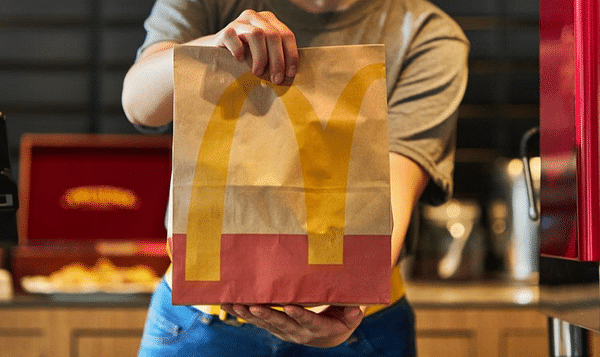With just a few clicks of the mouse, Jane Cagle can order a small feast for her bosses at Travelocity. The 60-year-old administrative assistant overcame her skepticism about the accuracy of Web purchases and now uses the Internet to have food delivered from Jason's Deli or Corner Bakery about three or four times a month. "For a business setting, online ordering is the only way to go,"she said, adding that virtually all of the company's administrative assistants go online to buy lunches for meetings. More Americans -- not just the young techie types who do all their shopping online -- are skipping restaurant lines and ordering to-go meals over the Internet. In 2005, the National Restaurant Association reported that about 11 percent of restaurant consumers ordered online. That expanded to 13 percent last year and is expected to reach 18 percent this year.
Online purchasing makes fast food even faster
Like to receive news like this by email? Join and Subscribe!
Join Our Telegram Channel for regular updates!
Sponsored Content
Sponsored Content
Sponsored Content
Sponsored Content
Sponsored Content











